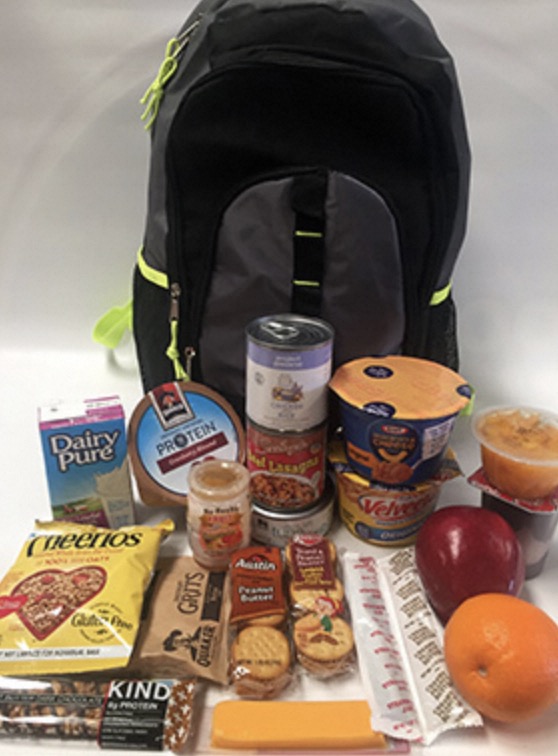
Introduction:
Childhood hunger is a critical issue that affects millions of children worldwide. The Food Backpack Program has emerged as an innovative approach to combat this problem by providing children in need with nutritious food to take home over the weekends and school holidays. This initiative ensures that children have access to meals even when they’re not receiving their regular school lunches. In this comprehensive exploration, we will delve into the structure, impact, and expert views on the Food Backpack Program.
Understanding the Food Backpack Program: The Food Backpack Program is a community-driven initiative that packs and distributes backpacks full of food to children who might otherwise go hungry when not in school. These backpacks typically include non-perishable, easily consumed, and nutritious items that children can prepare with minimal or no adult supervision.

The Necessity of the Food Backpack Program:
With the growing awareness of food insecurity’s impact on children’s physical health, emotional wellbeing, and academic performance, this program acts as a lifeline for many families. It fills the nutritional gap that occurs when school is not in session, ensuring that children return to school ready to learn.
Expert Perspectives on Childhood Nutrition and Learning: Many educators and nutritionists support the Food Backpack Program. Dr. Angela Smith, a pediatric nutrition specialist, states, “Adequate nutrition is essential for cognitive development and academic success. Food backpacks provide a discreet and dignified way to support children in need and contribute to a more equitable learning environment.”
Implementation of the Food Backpack Program:
The success of the program often hinges on the effective collaboration between schools, nonprofit organizations, and community volunteers. Key steps include identifying children in need, securing funding, sourcing food, and organizing packing and distribution logistics.
Funding and Support: Funding for the Food Backpack Program usually comes through donations, grants, and partnerships with local businesses and food banks. Community involvement is critical, as volunteers help with the packing and delivery of the backpacks.
Contents of a Typical Food Backpack:
Food items in the backpacks are carefully selected to ensure they are shelf-stable, nutritious, and kid-friendly. Examples include whole-grain cereals, fruit cups, granola bars, and milk boxes. Backpacks are also often supplemented with fresh produce when available.
Distribution and Logistics: Schools play a pivotal role in the discreet distribution of food backpacks, ensuring that children receive them without stigma. The logistics of packing and distribution are managed so that children can easily pick up and return backpacks.
Evaluating the Impact:
The Food Backpack Program has been shown to have a positive impact on children’s health and educational outcomes. Surveys and studies indicate improvements in attendance, behavior, and academic performance among participants.
Challenges and Improvements: Though effective, the program faces challenges such as funding, food sourcing, and the need for more comprehensive nutritional education. Program coordinators continuously seek ways to overcome these obstacles and expand the reach of their services.
Success Stories and Testimonials:
Many families have shared heartwarming stories about the difference the Food Backpack Program has made in their lives. Such testimonials serve as powerful motivation for program supporters and volunteers.
Conclusion:
The Food Backpack Program represents a long-term investment in our children’s and communities’ futures. It addresses more than immediate hunger by supporting the sustained nourishment of youth. Children gain consistent access to nutritious food, crucial for their weekly needs. This access is instrumental in fostering their physical development.
Furthermore, the program bolsters children’s capacity to learn and flourish academically. Passionate professionals contribute their expertise to the program’s success. Volunteers’ dedication plays a critical role in its effective implementation. Together, they establish the Food Backpack Program as a symbol of hope. It serves as an exemplary model for addressing childhood hunger. Community-based collaboration is at the heart of this effective and compassionate initiative.